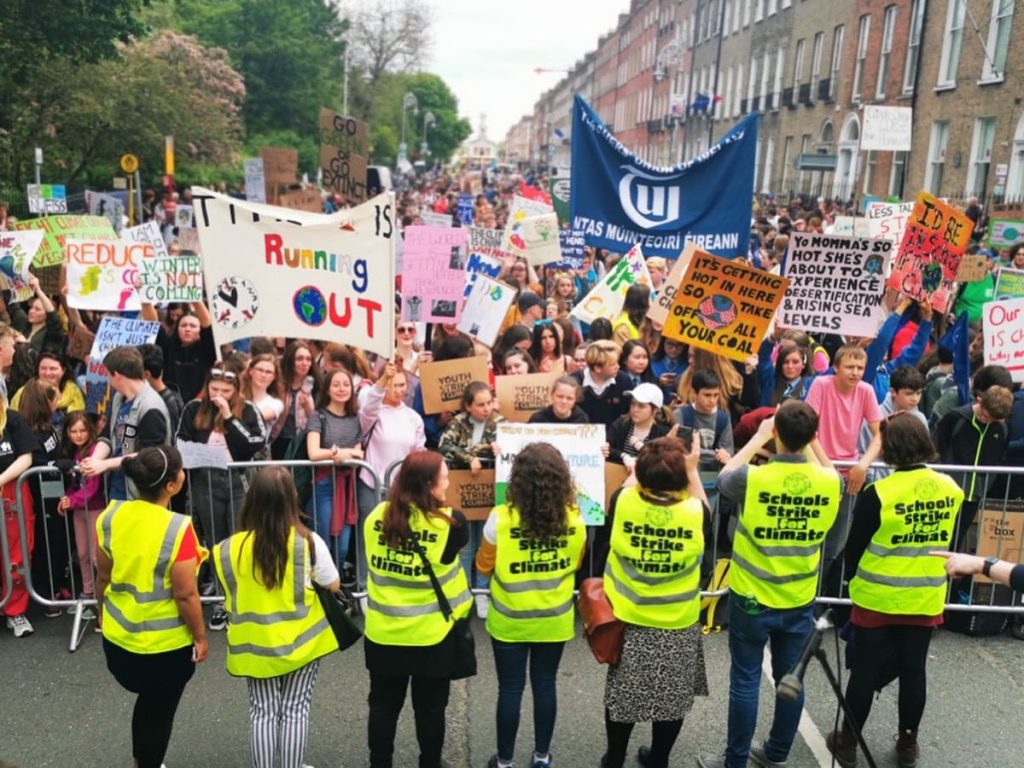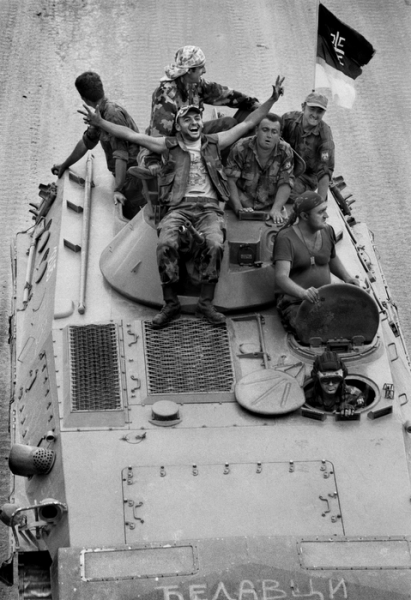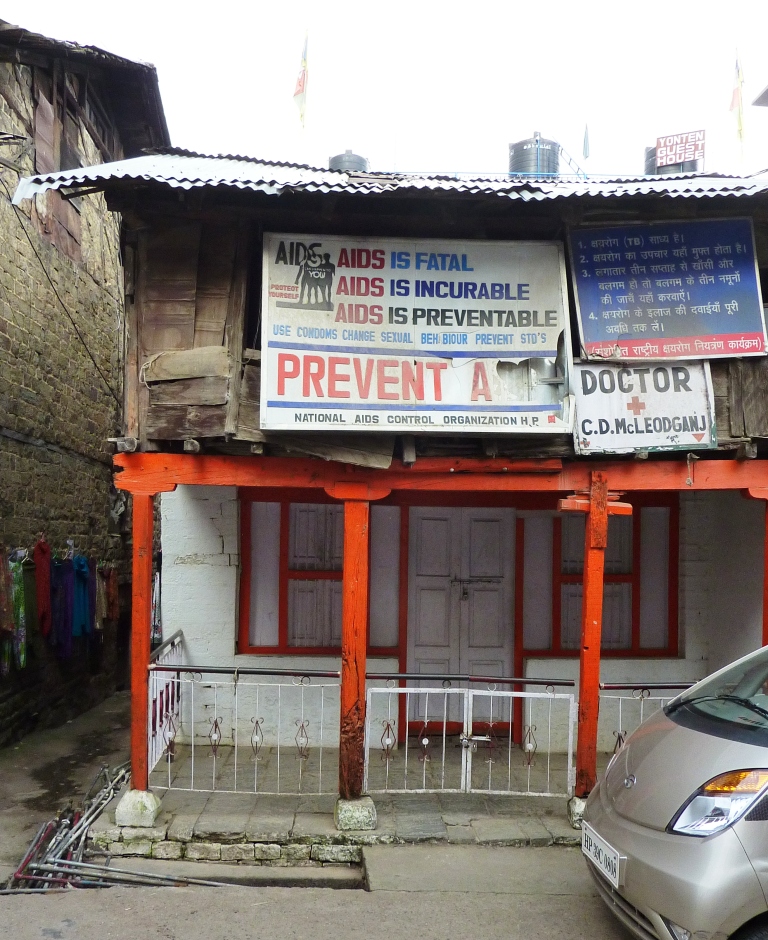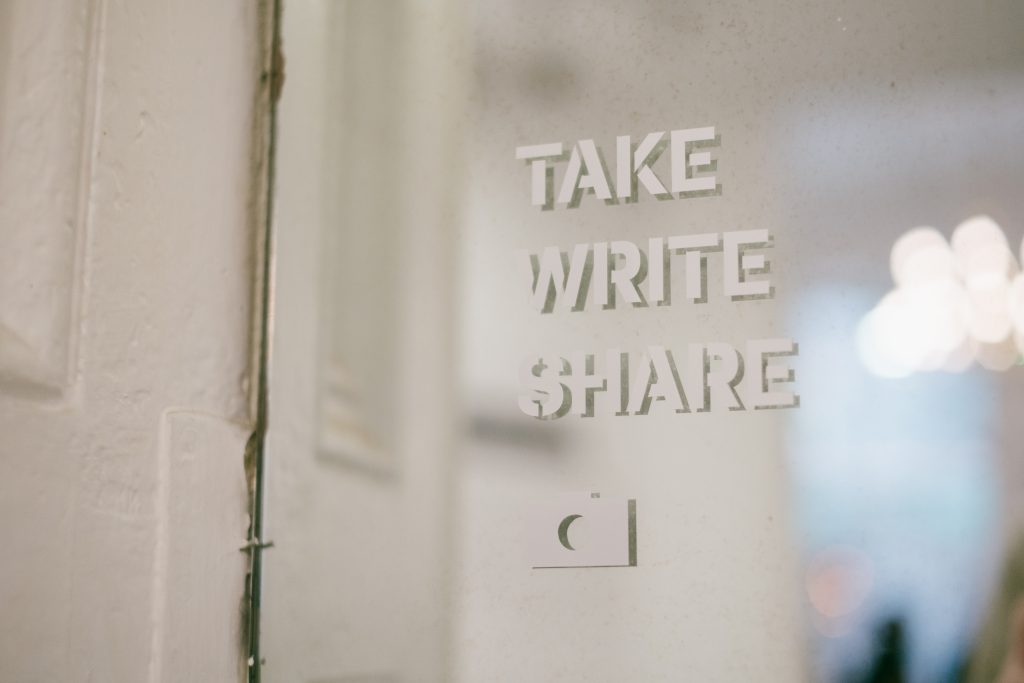

10 kick-starter activities to support use of the Irish Global Solidarity in 100 Objects digital exhibition in education contexts.
Irish Global Solidarity in 100 Objects offers a brief and selective introduction to the many campaigns, activities and organisations in Ireland which have focused on justice and human rights issues in many parts of the world over many decades.
The exhibition includes items borrowed from individuals and groups from all over the country, and highlights the role of those objects in education, protest and campaigning. The exhibition shows how objects, images, cartoons, graphics and posters are used to influence public opinion, government and international bodies to shed light on important, challenging and frequently controversial and contested issues.
From the anti-Apartheid movement to recent environmental campaigns, the exhibition explores the idea of ‘activism’ or being an active citizen. It also explores how individual and/or collective action or protest can and have brought about significant change.
Taken together the 100 objects represent powerful symbols for human rights, environmental and social justice for change and for what has been achieved so far by engaged activists from Ireland.
A note about curriculum, teaching and education
In the teaching materials section you will find activities, extension ideas and other resources to bring Irish Global Solidarity in 100 Objects into your education contexts, whether digital classrooms, training sessions or book clubs. It has been developed to support integration into teaching practice and to inspire new ways of engaging the past today.
Wondering where to start?
Planning: If you are planning to use the exhibition with a group, please review it first and be familiar with the content and approach – this will help ensure it is used productively and appropriately for your particular group.
Share your lesson plans with us as we continue to build on and update the project with blogs, reflections, podcasts and reading lists.
Make your own objects [see 100+1 Project below] and use/adapt/mix activities! Get in touch for support in training, talks or virtual tours at ciara@developmenteducation.ie
Think about an issue or campaign highlighted recently in the media or one that you or your friends have been involved with:
Think of one important human right you have today as a citizen living in Ireland – freedom of movement or speech, the right to vote or the right to basic health or education. Imagine if it was taken away – how would this impact on your life?
The following questions may be of use in exploring the exhibition.
There are 100 objects in the exhibition. Have a quick look over all of them and then consider the following questions. Once you have done this yourself, you could compare and contrast your choices with those of others.
Note on themes – when we organised the exhibition, we noted four loosely defined themes:
Planetary Emergency

Life During Wartime

Below the Line – poverty, aid & development

World Class

Using either your choice of objects or a random group of objects, review them and choose a set of keywords you would associate with them, for example; environment, women, children, conflict etc.
Using a copy of the Universal Declaration of Human Rights or one of the Sustainable Development Goals (SDGs) and see which keywords you chose appear also in either document.
Identify and then discuss the values associated with those keywords and how the objects help in the promotion of such values e.g. equality, non-discrimination, human dignity etc.
Skills: identifying; exploring definitions; reading
The objects presented in the exhibition use different images, slogans, graphics and keywords.
In smaller groups, ask for objects to be compared and contrasted – what messages do they offer? What images and keywords or slogans do they use?
Stimulus questions:
In what ways do different objects differ in terms of images, slogans or keywords?
Who do you think the objects and messages are trying to reach?
What actions or ideas do they suggest to people?
Do any of the objects and their messages/images contradict each other?
Skills: visual literacy; communication; comparing and analysing
Using the timeline of the students’ lives (for example, if working with a group of 16 year olds, the timeline would begin in 2004), search the 100 objects and place them chronologically on the timeline.
Explore this timeline using the following questions
Time to add to this timeline.
This could be made into a collective visual on a wall or notice board in a classroom, or a more personal version by each student.
An alternative or complimentary version of the timeline can be made using a map and students can mark out on the map, the objects from their timeline, and discuss the location of past and previous struggles and how far Ireland’s impact has travelled around the globe.
Skills: listening and expressing myself; analysing patterns and trends; evaluating
Choose a particular object and the campaign or issue behind it.
Think about how that issue or campaign might look like in 20 or 30 years from now. And what kind of object might depict it then?
Has the issue been resolved or not? How might it be depicted in that context?
Skills: evaluate sources and information; thinking creatively
Choose one object, the issue it addresses and the group behind it
Find out more about the issue, the campaign and the group
Now design your own object to depict that issue, campaign or group – think about image(s), slogan(s), fact(s) and graphic(s)
Skills: research; creativity
Many of the objects deal with ‘big picture’ issues – human rights, women’s rights, environmental destruction or climate change etc.
Choose one of these themes and identify those objects associated with them.
Explore the particular aspect of the issue addressed by the object and how does it do this
Stimulus questions:
Does the object represent information and education on the issue or campaigning?
How is this done?
What messages does the object communicate?
Skills: reading; analysing
Choose one object from the exhibition and use it as a focal point. Research the issue further. Explore whether the campaign or the movement represented by the object is still in existence.
Find out more about the organisation behind the object
Stimulus questions:
How has the issue/campaign changed since the time of the object? Has the situation improved or deteriorated? Is the object still relevant?
How has the campaign evolved/changed
what other work or projects did/does the organisation have? What actions, if any is it asking people to undertake now?
Are there any similar or related organisations working on the same agenda?
Skills: researching sources and evidence; exploring people and places
Focus on a group of 4-5 related objects (they could be related by country focus, by issue or by area of focus such as schools or youth or adult education etc.)
Skills: comparing; assessing methods; debating
Choose an issue or campaign represented by an object (or a group of objects) and think about an object that might represent that issue or campaign in for example 20 years’ time.
Stimulus questions
Would the object chosen for the exhibition still be relevant or would it need to be represented by a different object?
If so, what object would you choose to represent the issue in the future?
Apartheid is gone, so how would it be represented in 20 years’ time
Aid is changing all the time – in 20 years’ time?
Women’s rights?
Environmental issues?
Skills: researching sources and evidence; exploring people and places

You have been invited to add one object to the exhibition – what would it be and why choose it?
Take a photo. Introduce your object by video using your phone. Create a GIF.
Make your voice heard and share your object on social media and let others know by tagging us and decision makers on Facebook and/or Twitter with #100objects

[a sample worksheet for your 100+1 Project]
What issue(s) does it address or challenge?
Who was involved in it?
What methods and materials were used to create it?
What was its impact?
skills: research; reading; creative thinking